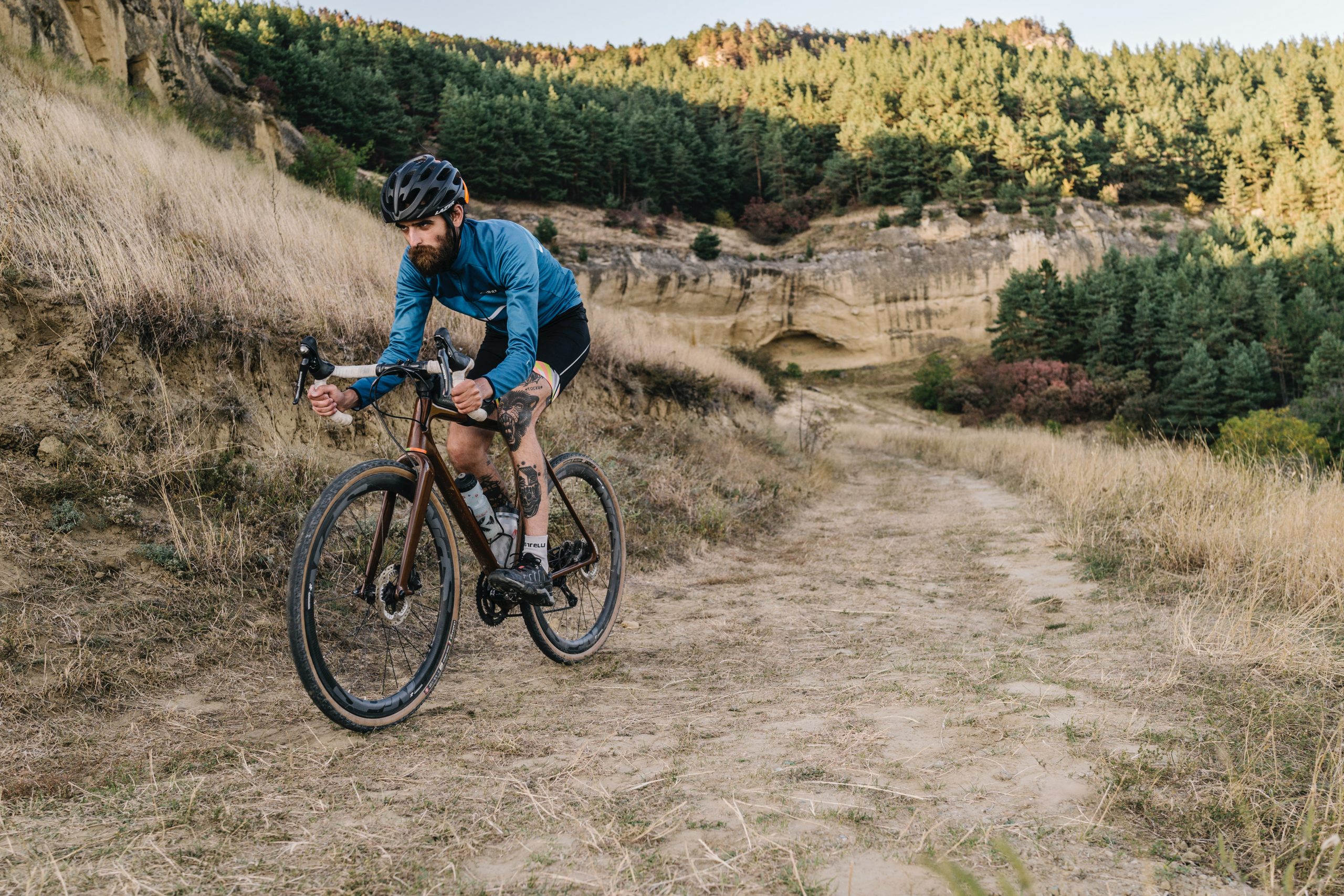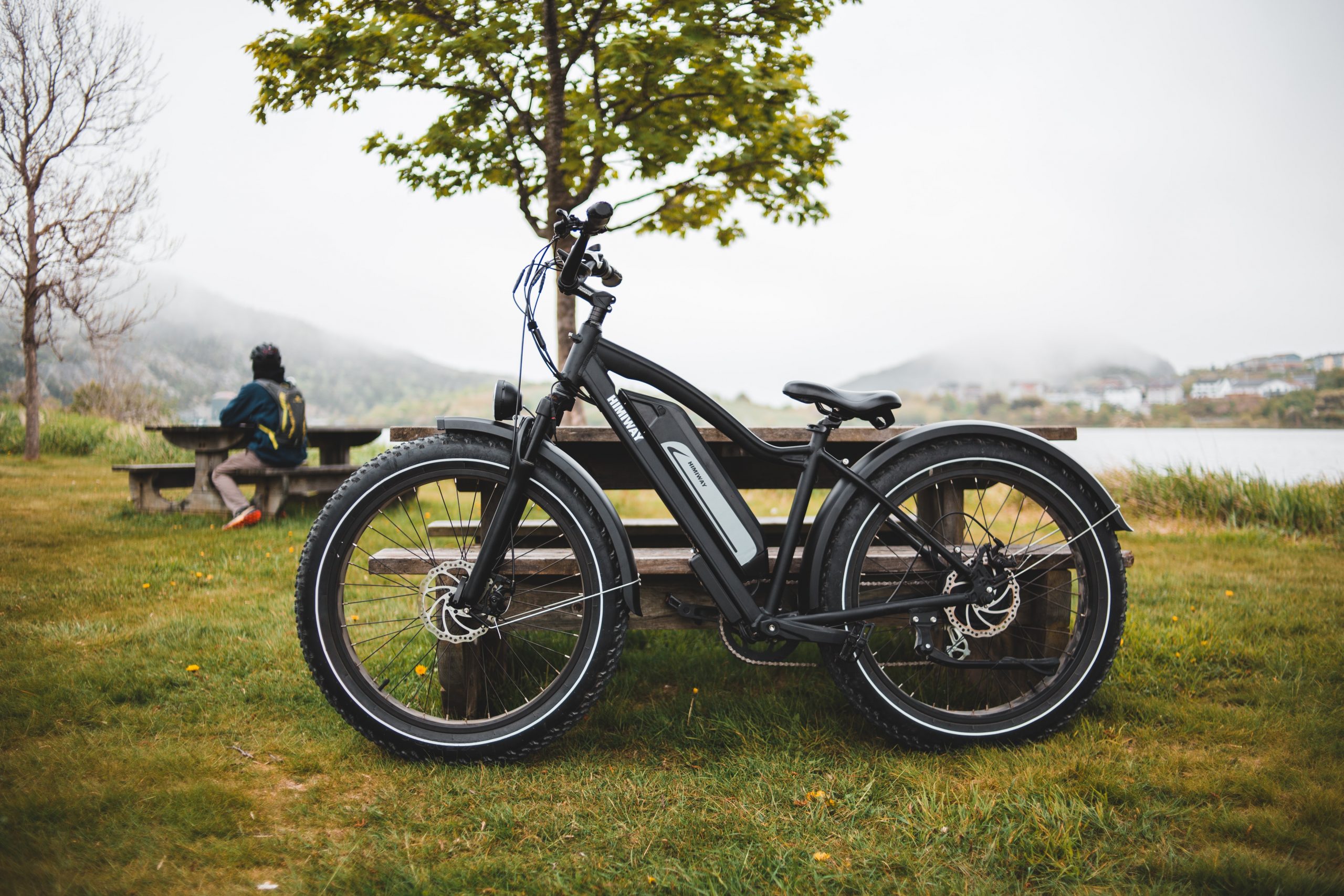For those who love taking on the mud and exploring the wild regions of their country, a cyclocross bike is the preferred weapon of choice. Amidst rapid innovations and so many cycling disciplines, cyclocross has a culture of independence and individuality which makes it a far more emotional discipline than anything else. Spraying mud, powering through sand and ice, hammering corners, and jumping over barriers—it must be a cyclocross season!
However, despite using it for the mud, a cyclocross is equally at home as a perfect commuter or a single do-it-all bike. Its capability to tackle different surfaces is what’s drawing riders to add a cyclocross bike to their fleet. Below we will look at what exactly a cyclocross bike is and then you can scroll further for more info on its features and benefits.
What is a Cyclocross Bike?
A cyclocross bike also known as CX or CXB, is a bike specifically designed for racing on muddy, sand, and rocky terrains. Because of their drop handlebars and somewhat knobby tires, cyclocross is a good mix of road speed and off-road qualities. They closely resemble road bikes because of their ability to go fast on paved roads, but they also share some qualities of a mountain bike in that they allow you to navigate various technical courses and terrains. Some people think of cyclocross as a road bike merged with a mountain bike. But CX enthusiasts will tell you that cyclocross is an entity unto itself, a unique culture that reinvigorates a deep love for cycling.
Cyclocross racing
Cyclocross is a rare sport and the most demanding among cycling disciplines, for the combination of skills it requires from its contestants. It became popular around the 1900s as an outlet for professional racers to maintain stamina and shape during the fall and winter months after official racing calendars were off.
A cyclocross race features a closed circuit of between 1.5 to 2 miles lasting from 30 minutes (beginners) to 60 minutes (pros). The courses loop on a mix of both paved and off-road terrain including difficult forest paths, steep hills, river crossings, etc. They alternate in such a way that allows the rider to pace up and down as necessary and to recover after difficult sections. Courses also include barriers that require riders to dismount and shoulder their bikes to carry over or for professional riders to bunny-hop their bikes in order to cross these barriers. The rules are similar to road racing. The first to cross the line wins the competition. Dangerous stunts are forbidden.
Since cyclocross usually takes place from October to February, race courses are filled with mud, snow, and rain which makes the sport of cyclocross so exciting to watch and very challenging to ride.
How do I get started with cyclocross racing?
Getting started with cyclocross racing is a great way to challenge yourself and improve your cycling skills. First, it’s important to make sure you have a suitable bike, such as a cyclocross or gravel bike, and appropriate protective gear. Next, you can find local races or events to participate in by searching online or reaching out to local cycling clubs. Training for cyclocross can include a mix of road riding, off-road riding, and specific skills practice like dismounting and remounting your bike, navigating obstacles, and cornering. Don’t be afraid to start with beginner or lower-level races and work your way up as you gain experience and confidence. Most importantly, have fun and enjoy the thrill of the competition! Joining a local cycling club or finding a training group can also be helpful for getting started in cyclocross racing. These groups can provide valuable resources, such as tips and advice from experienced racers, and also offer opportunities to meet other cyclists and participate in group rides and training sessions.
Finally, don’t be afraid to invest in some racing-specific equipment and accessories, like a set of lightweight racing wheels or a set of treaded tires for improved traction in muddy or slippery conditions. As you progress and become more competitive, you can also consider working with a coach or seeking out advanced training programs to take your skills and performance to the next level. With dedication and hard work, you’ll be on your way to becoming a successful cyclocross racer in no time!
Cyclocross Features
Cyclocross bikes are almost visually identical to road bikes. However, if you look closely, you’ll notice plenty of features that make them uniquely different. These features include subtle changes in geometry, tires, wheels, frame design, and gearing. Let’s have a look at these modifications.
Geometry
The first thing that differentiates a cyclocross from other bikes is its geometry. A bike’s geometry is meticulously produced by manufacturers to give the bike a distinctive ride and feel. Because riding a cross bike involves a high degree of maneuverability, intense thrashing around, and tight turns, manufacturers give top priority to speed and promptness rather than comfort. Among other things, a cyclocross features:
A lightweight frame. The typical choice for the frame material is either aluminum or carbon fiber to produce a lightweight, yet strong and responsive frame. A lightweight frame is crucial in cyclocross as riders need to dismount and remount frequently, carrying their bikes on their shoulders in order to cross the barriers.
A more relaxed geometry. The distance between the axles is greater and the length of the fork blades is shorter compared to, for instance, a road bike. This offers a more upright position in the seat and allows for better handling and stability over muddy terrain. It also makes them very responsive which is crucial for taking on tight turns of the circuit.
A cyclocross also has a longer wheelbase, short chainstays, and a higher bottom bracket. This is intentional by design in order to give riders more clearance over obstacles, make sharp turns, slow down rapidly, and speed up quickly.
Tires and wheels

Tire and wheel choice is essential in cyclocross racing as they ensure you get the best performance out of the bike.
Tires are knobbier to offer more cushioning and traction and to avoid the risk of getting a flat tire during racing. Tubular and tubeless tires are common for cyclocross and low pressure is preferred as it increases friction on soft ground and provides a comfier ride.
Wheels are usually 700c, which is similar to those of road bikes, but they have more spokes for additional strength and rims are of carbon fiber or aluminum material for more durability for off-road riding.
Brakes
Brakes are heavily used in cyclocross as racers face various technical courses and need to change pace and speed frequently. As such, brakes need to be highly responsive, stable, and in good mechanical condition. Cyclocross bikes traditionally featured V-brakes to minimize drag in wet conditions but due to their tendency to clog up and get stuck between the wheel and chainstays, they are less effective.
High-end cyclocross bikes feature hydraulic disc brakes which are more expensive but they are quick, efficient, and highly versatile. They provide more mud clearance, offer better protection for the rim, and are less likely to malfunction or get jammed.
The beauty of cyclocross bikes is that although they are designed with racing in mind, their stylish design and adaptability to different terrains and purposes make them a perfect choice for a variety of cycling disciplines. The efficient braking system, carbon fiber frames, strong wheels, good tire clearance, and relaxed geometry make them a perfect choice for commuting, mountain biking and even touring long distances. There are plenty of directions you can ride with a cyclocross bike.
Bottom Line
Cyclocross is a thrilling and demanding discipline of cycling that combines road riding with off-road terrain and obstacles. It’s a great way to challenge yourself and push your limits as a cyclist and can be a fun and rewarding experience for riders of all levels. Whether you’re a seasoned road racer or just starting out, getting involved in cyclocross racing is a fantastic way to build your skills, improve your fitness, and make new friends. With the right preparation, equipment, and training, you can become a successful and competitive cyclocross racer and enjoy all the excitement and camaraderie that this dynamic sport has to offer.




